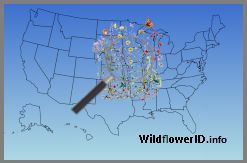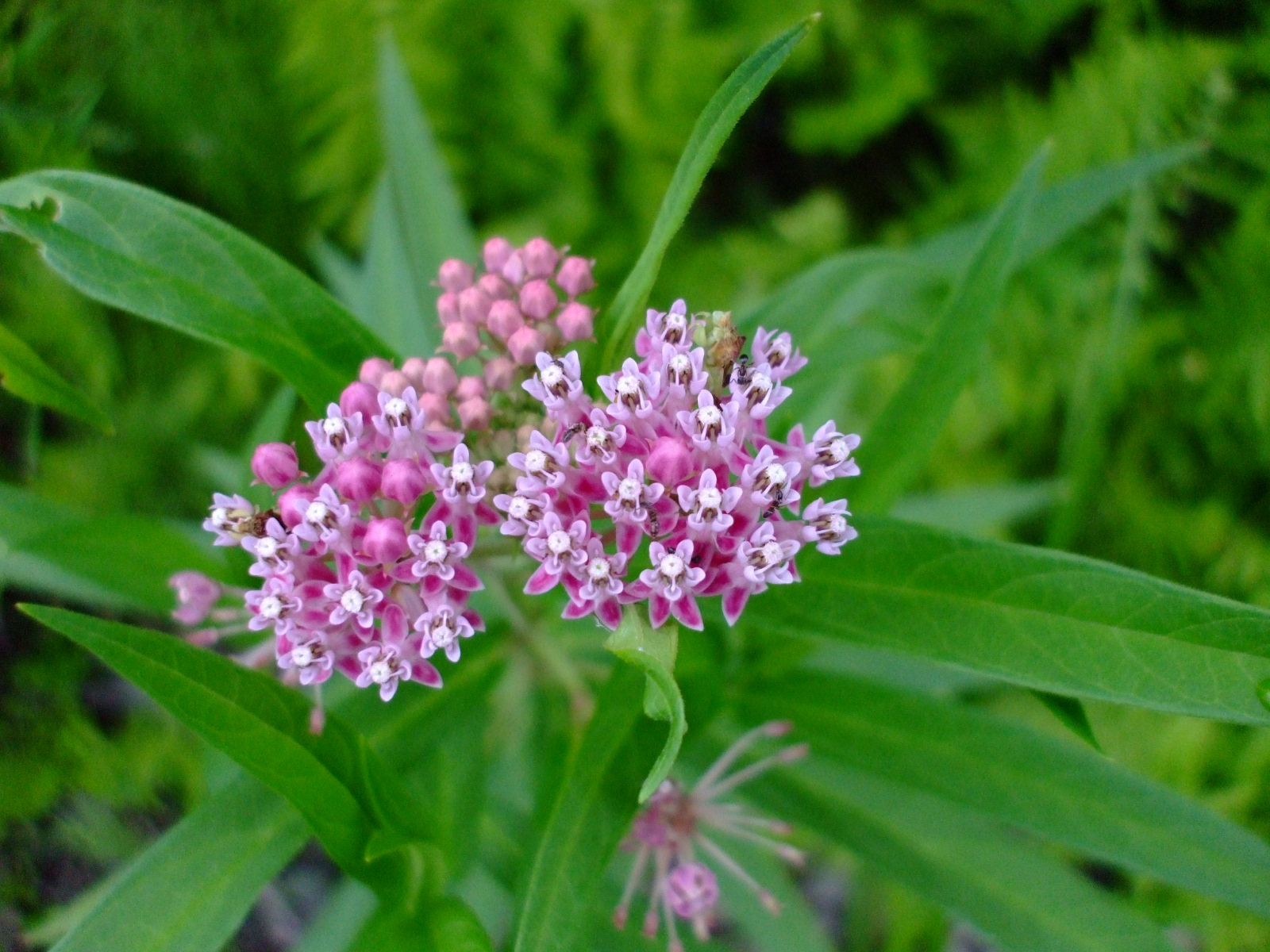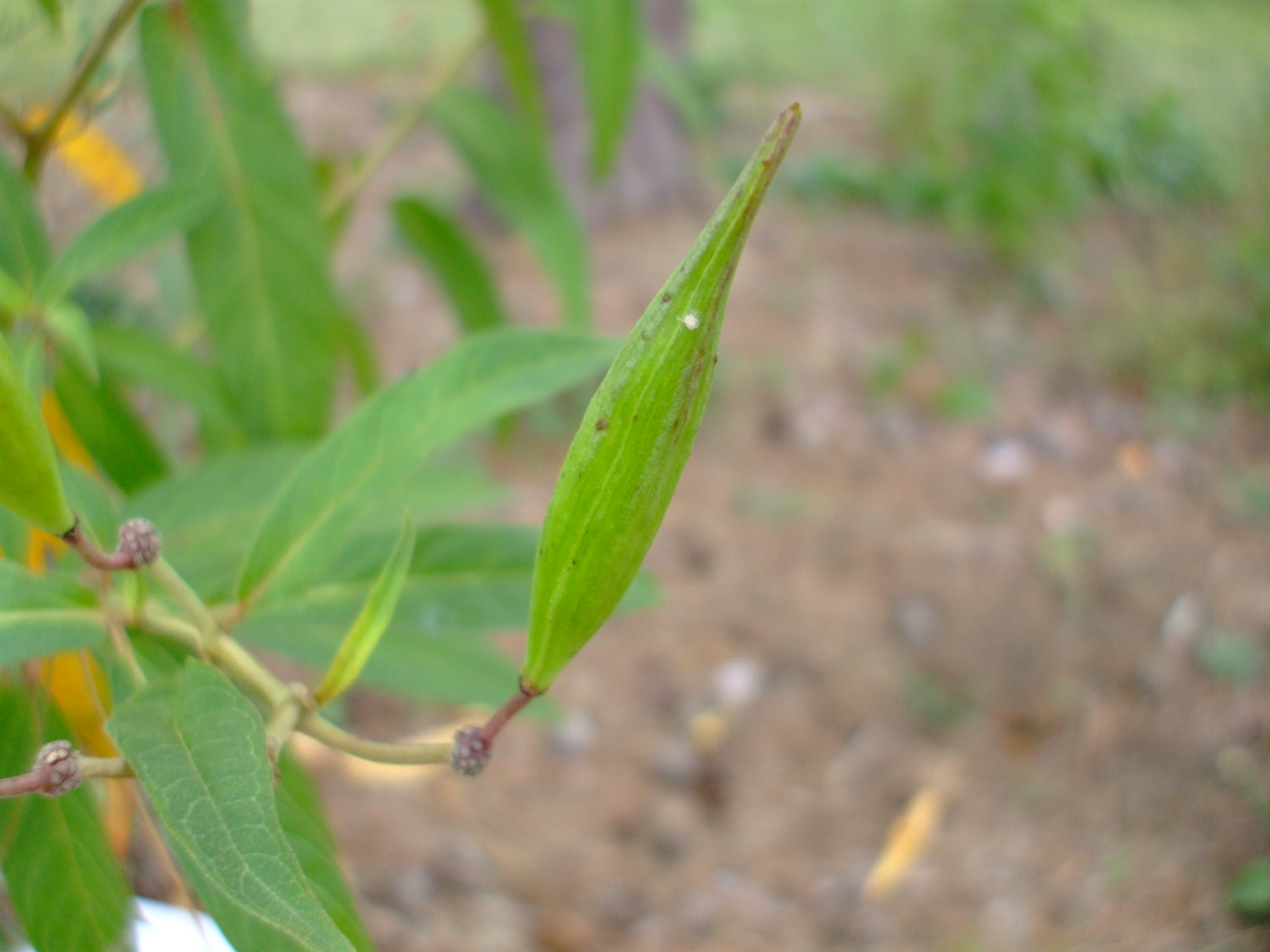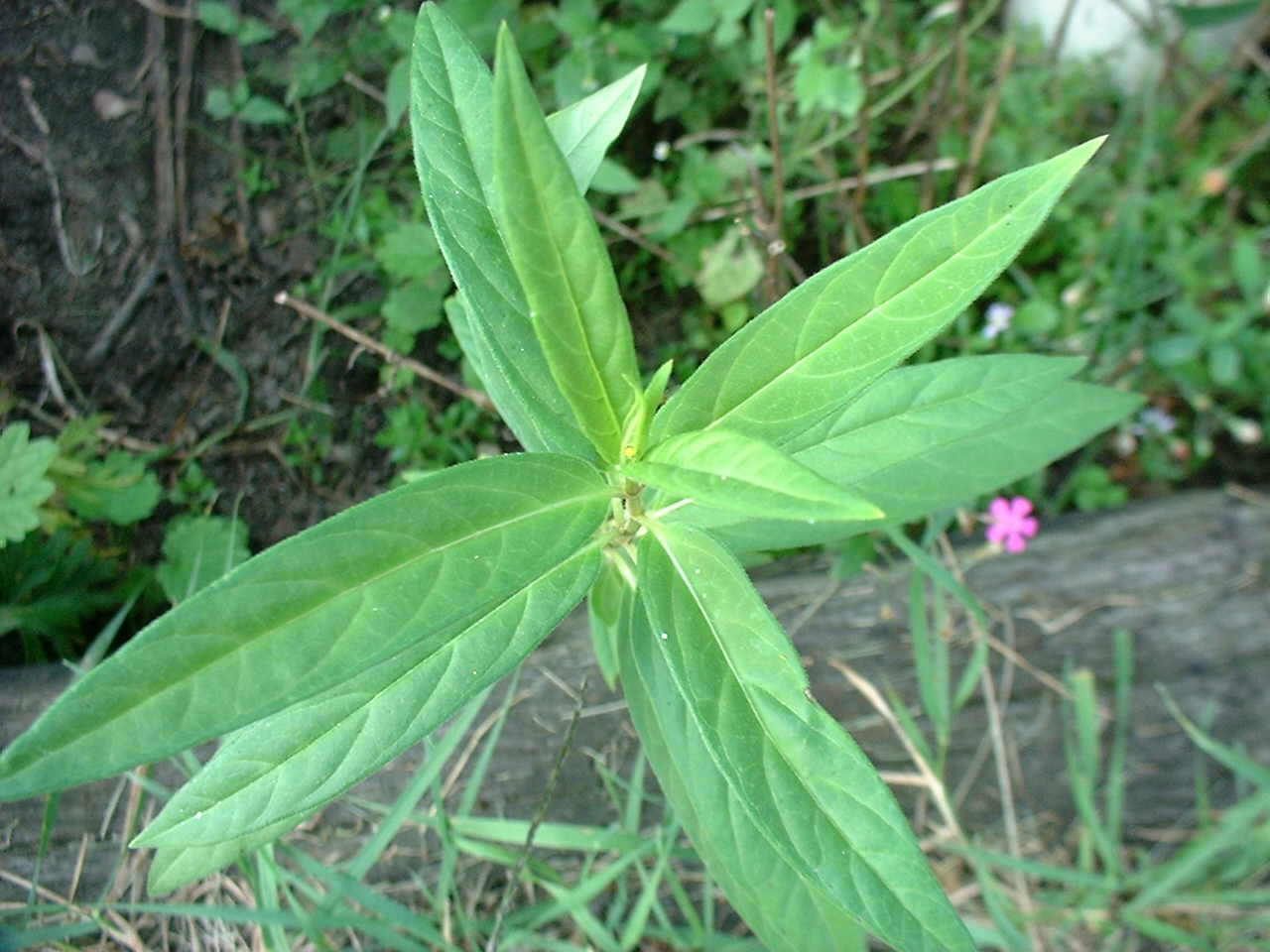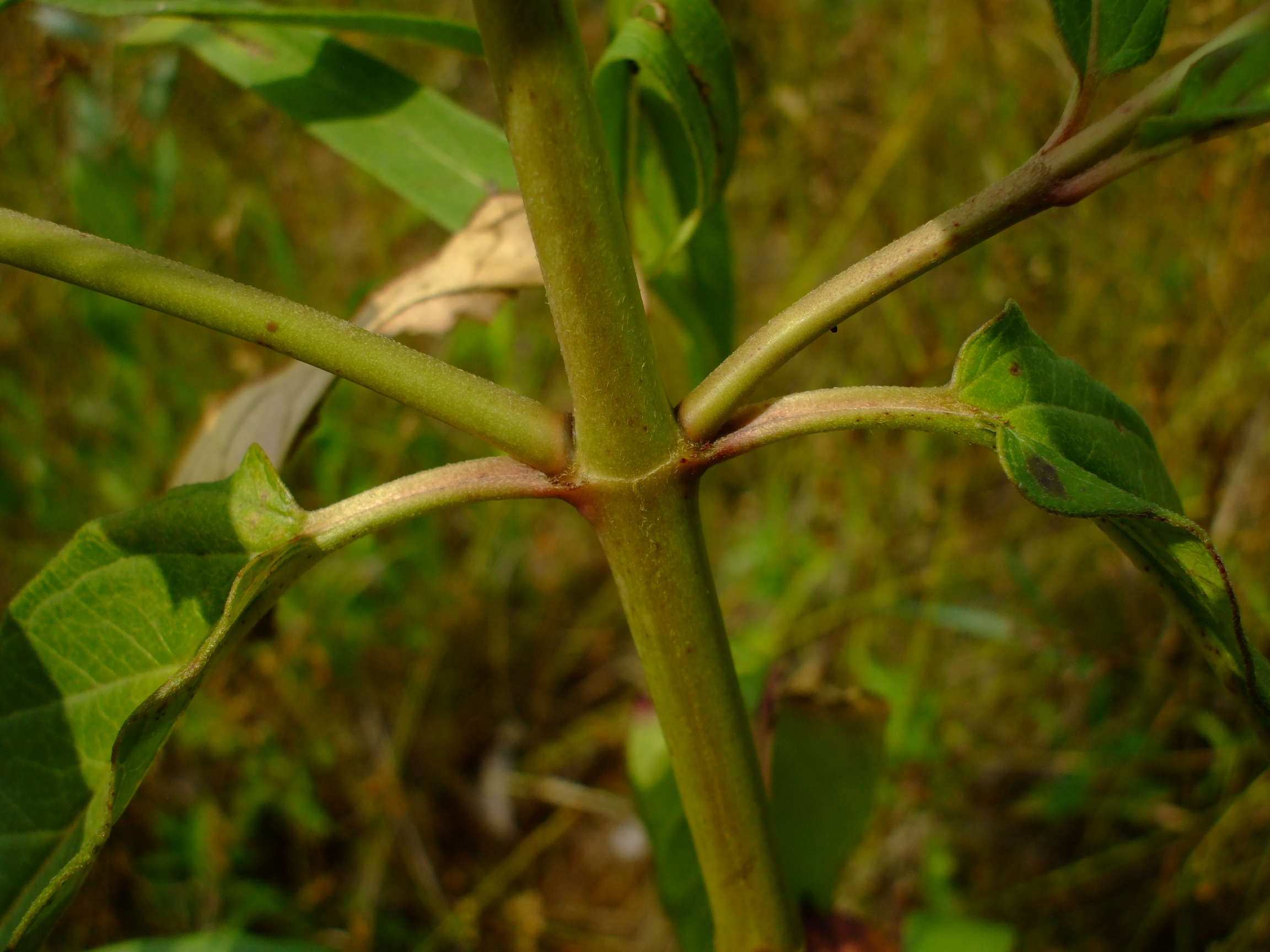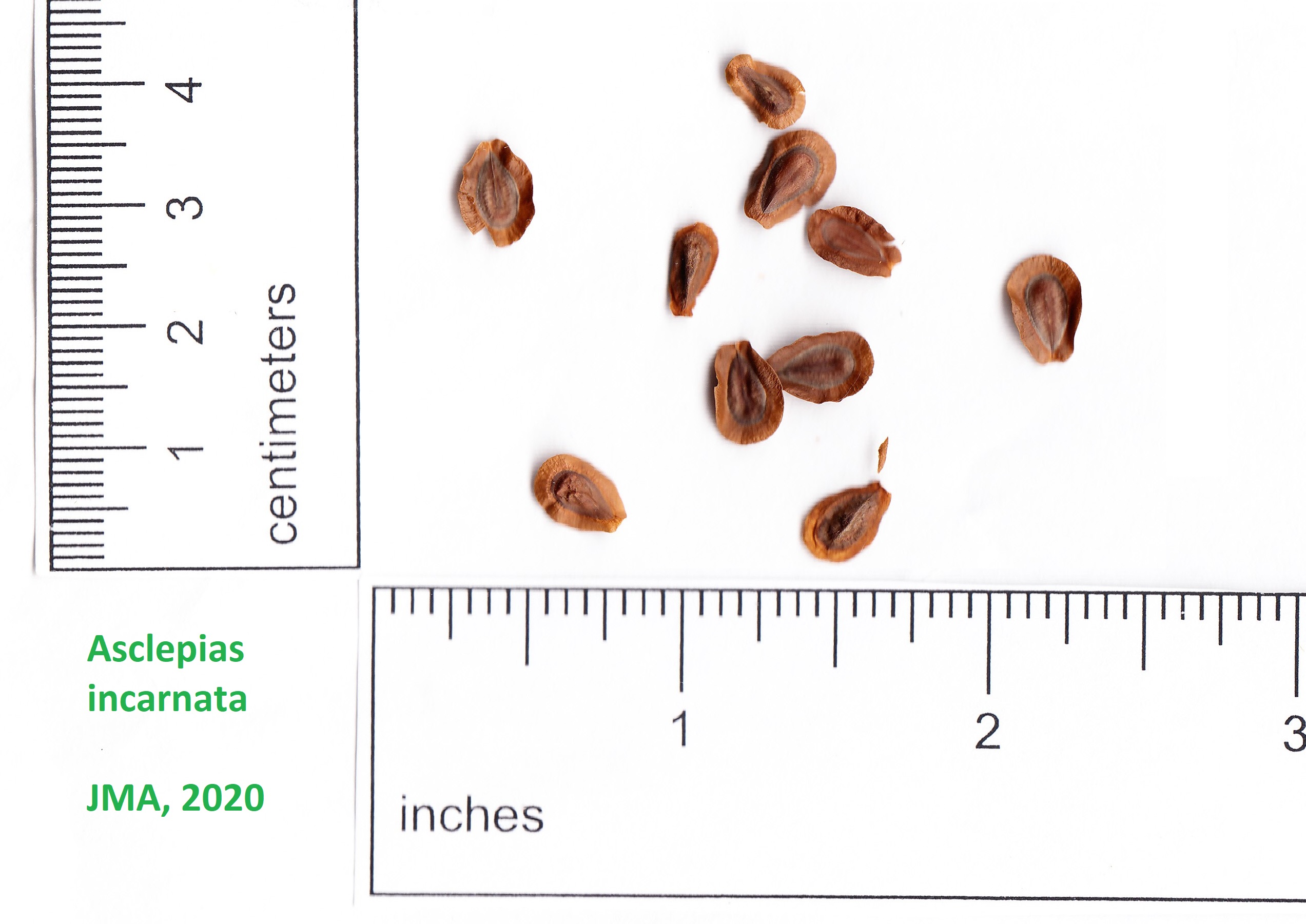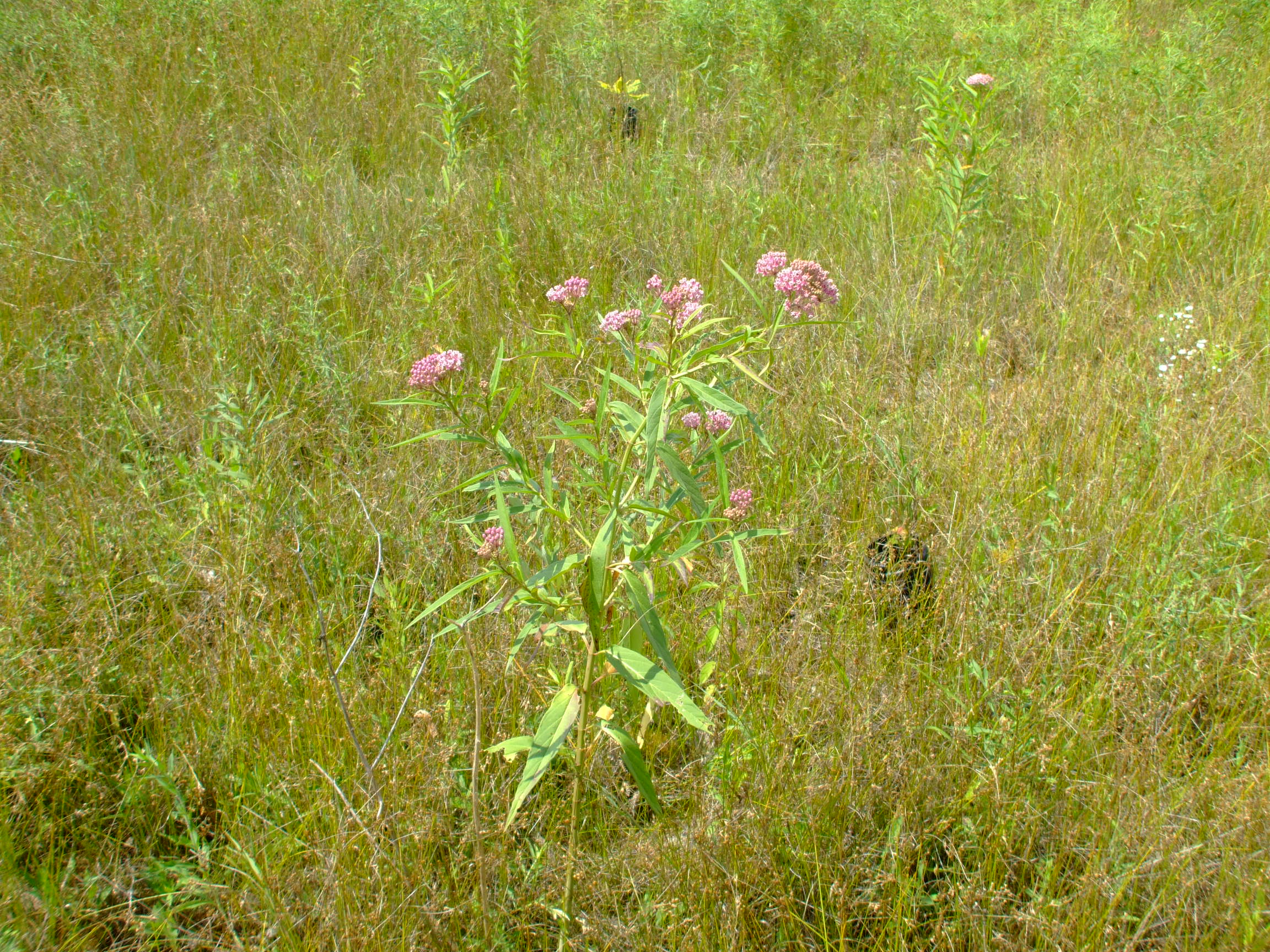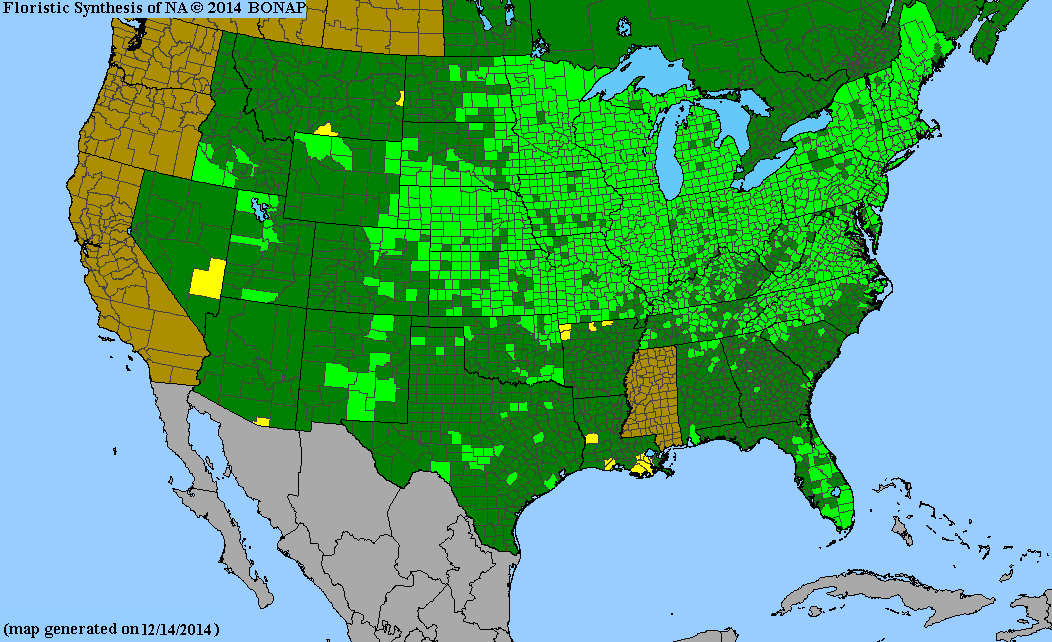Asclepias incarnata
(Swamp Milkweed)
Other pictures of this plant:
Facts About this Plant:
- Common Names: Swamp Milkweed, Rose Milkweed, Rose Milkflower, Swamp Silkweed, Red Milkweed, Marsh Milkweed
- Lifespan: Perennial
- Zones: 3 - 9
- Type: Forb
- Bloom Time: June - September
- Status: Native
Asclepias incarnata, or Swamp Milkweed, is native to almost the entire United States, except a couple western coast states. It is a perennial, which grows moist areas, like marshes, ditches and swamps. It blooms in mid summer and later summer, as well, with deep purple flowers. Like all other milkweeds, it is a host plant for the Monarch butterfly.
The plant has stunning pink-purple flowers. The species can most easily be distinguished by its preference for wet habitats, its small, tight grouping of flowers, its narrow and lance-shaped leaves and its deep pink-purple flowers. There are several species of milkweed that look similar, but they can be differentiated with a close eye. The most likely look-alikes are: Asclepias purpurascens, Asclepias rubra, Asclepias sullivanti and Asclepias syriaca. Asclepias purpurascens is a prairie species that prefers dry habitats. It has flowers that do not closely resemble Asclepias incarnata, because they are larger, but in color, it is similar. However, Asclepias purpurascens looks much more like Asclepias syriaca but with deeper purple flowers. Asclepias syriaca really does not look very similar, it has much larger leaves, its flowers are typically larger, and lighter colored, like lilac, and it also prefers drier growing sites. Asclepias sullivanti also grows in wet areas sometimes, but it has smaller flower groupings, while individual flowers are bigger than Asclepias incarnata, and it also has larger leaves with a waxier coating and that are also rounder and not lance-shaped. Finally, Asclepias rubra will have more information posted on it soon.
Back to The Plants.
Back to A-Z Listing.
